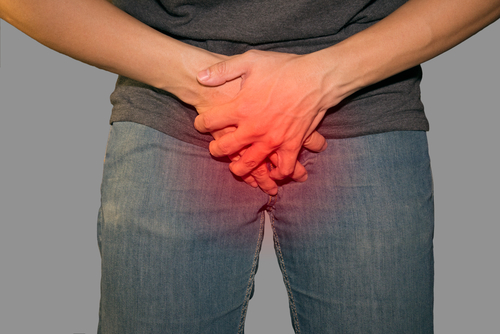STDs affect millions of people in the world. Knowledge of STDs can help you protect yourself and engage in safe sex. If you’re sexually active or intend to become sexually active soon, these facts will help you understand STDs better:

- Heterosexual women, homosexual men, and unborn babies are the most vulnerable to STDs
Penetrative sex is the most common reason for the transfer of STDs between people. This makes heterosexual women and homosexual men more vulnerable to STDs than others. A woman with an STD can pass the infection onto her fetus through the amniotic fluid or during delivery through her bodily fluids.
- You can get more than one STD at the same time
Contracting more than one STD at the same time is called “co-infection,” and it is very dangerous for the individual and may be life-threatening. Gonorrhea and chlamydia are two STDs that often occur simultaneously.
STDs can affect women’s fertility
Untreated STDs can lead to problems like pelvic inflammatory disease and fallopian tube scarring. The STD may also affect the egg’s ability to travel to and attach to the walls of the womb. This can reduce a woman’s fertility.
- Condoms don’t protect you from STDs
While condoms are the best way to prevent contracting STDs, they aren’t a sure-fire way to protect yourself. A small tear in the condom can allow infected body fluids to enter an uninfected individual, causing STDs.
- Penetrative sex isn’t the only cause of STDs
The spread of infected vaginal fluid to the mouth through oral sex, sharing of toothbrushes, sharing of the same glass or skin-to-skin contact can cause STDs like oral herpes, hepatitis B, syphilis, and gonorrhea.
- Often STDs don’t show any symptoms
Many times, STDs don’t show any symptoms like warts, boils, rashes, burning sensation, pain and so on. Many patients go years before they realize their affliction. STD screening tests are the best ways to identify and treat STD infections. Schedule a test once a year to be safe.
- Many STDs aren’t curable
Chlamydia, syphilis, gonorrhea, scabies, and pubic lice are the only types of STDs that can be completely cured. Every other type of STD is only treatable and the symptoms manageable, but not fully curable. Some STDs like HIV still have no treatment at all.
- Almost every single sexually active person in the world is infected by an HPV sometime in their life
There are over 150 different strains of the Human Papilloma Virus (HPV), of which 40 strains are transmitted through sexual intercourse. Of these, about 25 are high-risk strains, while the rest are low-risk strains. These low-risk HPV strains are mostly asymptomatic, and many people never realize they are infected, with their immune systems destroying the strains before the infection worsens. An HPV vaccine can protect you from both high and low-risk strains.
- The 15-24-year-old age group has the highest concentration of STD-infected people in the world
The number of sexually-active teenagers is increasing each year, and this makes them the most vulnerable to STDs. Research shows that over 50% of the world’s new STD-affected individuals belong to the 15-24 age group.
- The newest discovered STD is a bacterium named “MG,” and there’s no test or treatment for it yet
Mycoplasma genitalium, aka MG, is a bacteria that was first discovered in 1981. But infection from this bacterial strain was so rare that doctors hadn’t found enough cases of MG-transmitted diseases to officially classify the bacterium as an STD carrier, until now.
Unfortunately, this STD strain is asymptomatic, and there is neither standardized test yet to identify an MG infection nor an accepted treatment to manage it.
For a private consultation to discuss penis enhancement please call our office at 877-375-6742 today.